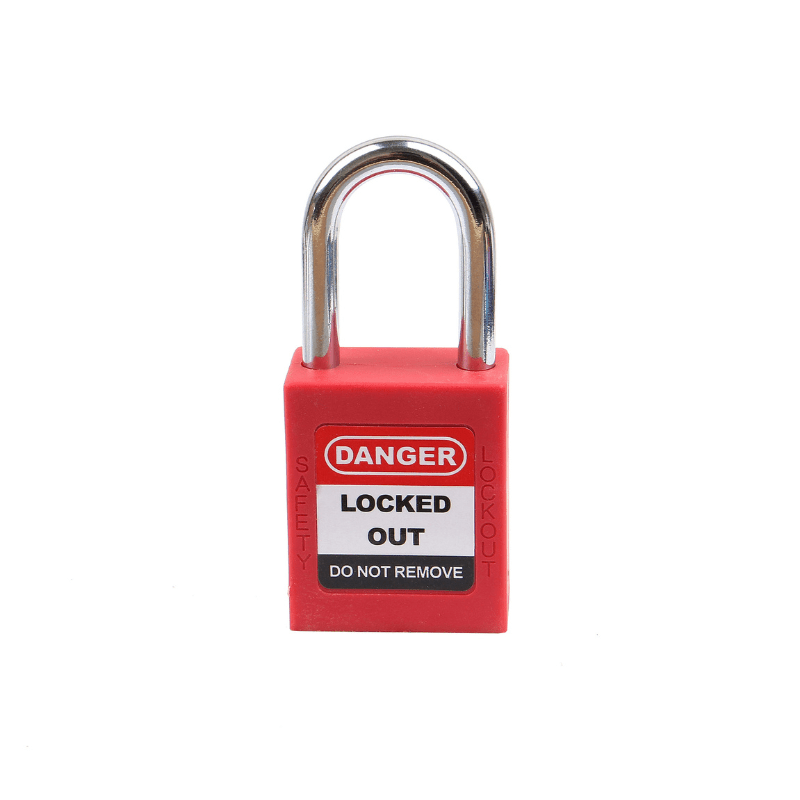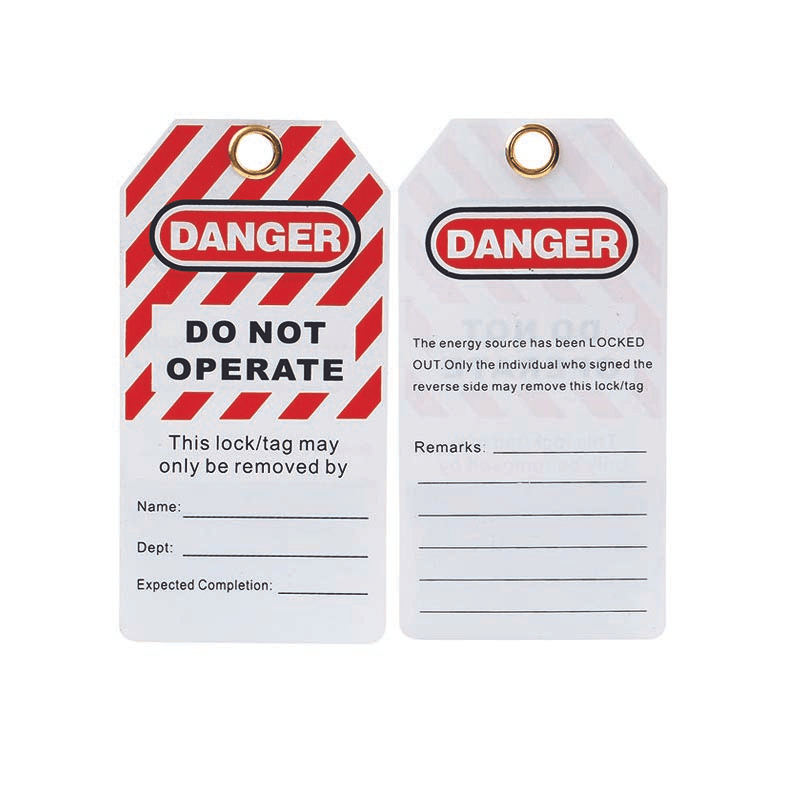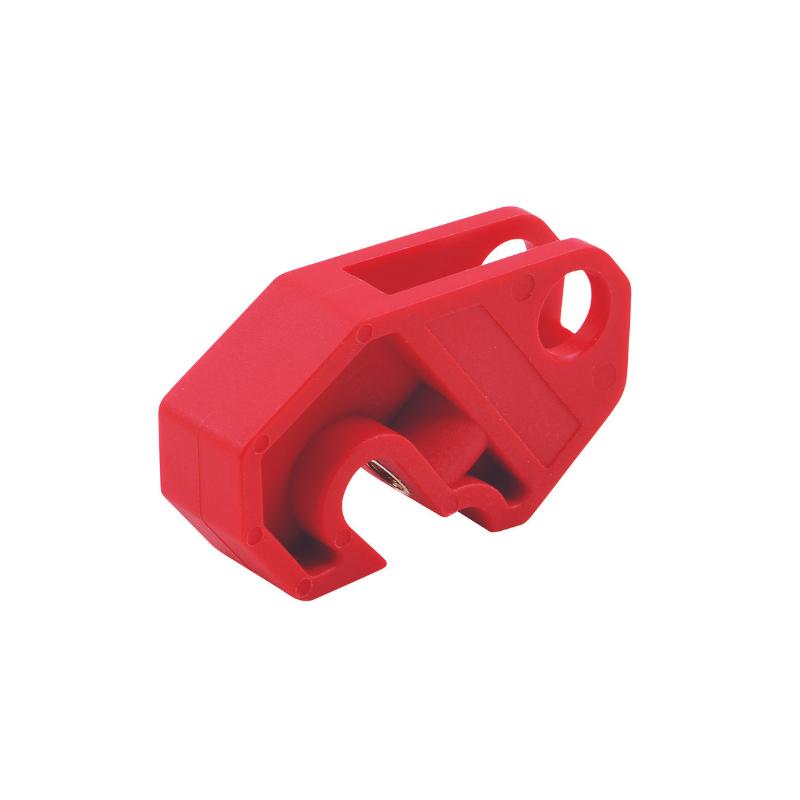As a Safety Manager or Operations Lead, you see paper-based Permit to Work (PTW) systems as a necessary part of the job. They’re a long-standing tool for ensuring safety. But what if that familiar stack of paper, the trips to the permit office, and the waiting for signatures are a massive, hidden drain on your company’s resources?
Table of Contents
For many medium-sized companies, the inefficiency of traditional permit processes represents thousands of dollars in lost productivity every year. In this article, we’ll break down the numbers and calculate the real-world Return on Investment (ROI) of switching to a digital Permit to Work system.
The Hidden Costs of Paper-Based Permits
Before we can calculate the savings, let's identify the "time sinks" associated with a manual PTW process:
- "Walking & Waiting": Technicians and contractors have to physically walk to a central office to obtain, sign, and return a permit. They often have to wait for an authorized person to be available to review and approve it.
- Manual Entry & Errors: Filling out forms by hand is slow and prone to human error. An illegible instruction or a missed checkbox can lead to delays or, worse, safety incidents.
- Information Silos: A paper permit isn't connected to anything. It doesn't link to the specific Lockout Tagout (LOTO) procedures, asset history, or safety data sheets (SDS) needed for the job. This means more time spent hunting for information.
- Slow Shift Handovers & Close-Outs: Transferring permit ownership during a shift change or closing out a job requires more walking, more signatures, and more waiting.
These small delays add up, keeping skilled workers from performing the actual maintenance and repair tasks they were hired to do.
Calculating the ROI: A Scenario
Let’s imagine a typical medium-sized US manufacturing facility.
- Company Size: 250 employees.
- Maintenance/Contractor Team: 30 technicians who require permits for non-routine work.
- Permits Issued: An average of 10 permits per day.
- Average Technician's Burden Rate: $45/hour (this includes wages, benefits, and overhead).
Cost of the Paper-Based System:
Let's be conservative and estimate the time lost per permit due to inefficiency:
- Walking to/from the permit office: 10 minutes
- Waiting for the approver/issuer: 15 minutes
- Filling out paperwork and cross-referencing information: 10 minutes
Total unproductive time per permit = 35 minutes
Now, let's turn that time into a cost:
Daily Cost: 10 permits/day × 35 minutes/permit = 350 minutes of lost time per day. That's nearly 6 hours of paid, non-productive time every single day.
Cost = 5.83 hours × $45/hour = $262.35 per day
Annual Cost: Let's assume the plant operates 250 days a year.
$262.35/day × 250 days/year = $65,587 per year
This medium-sized company is losing over $65,000 annually just from the administrative friction of its paper permit system.
Savings with a Digital PTW System like Zentri
A digital system transforms this workflow. Technicians can request, and supervisors can approve, permits directly from a tablet or mobile device at the job site.
- Walking to/from the office: 0 minutes
- Waiting for an approver (who is now notified instantly): 5 minutes
- Filling out the form (with pre-filled templates and dropdowns): 5 minutes
Total administrative time per permit = 10 minutes
This is a saving of 25 minutes for every single permit issued.
Annual Time Saved: 25 minutes/permit × 10 permits/day × 250 days/year = 62,500 minutes. That’s 1,041 hours of productive time recovered annually.
Annual Cost Savings: 1,041 hours × $45/hour = $46,845 per year
The ROI is immediate and substantial. With annual savings of nearly $47,000 from productivity gains alone, a digital PTW software subscription pays for itself many times over, often within the first few months.
Beyond Productivity: The ROI of Safety and Compliance
The financial return isn't just about time savings. A digital system provides benefits that are harder to quantify but are arguably more valuable:
- Reduced Risk of Fines: A digital system creates a perfect, auditable trail. For an OSHA inspection, you can instantly pull up any permit, its associated LOTO procedure, and a full history of approvals. This significantly reduces the risk of non-compliance fines, which can easily exceed $15,000 per violation.
- Enhanced Safety: By integrating Digital Permits to Work directly with Lockout Tagout procedures, as Zentri does, you create a seamless safety workflow. Technicians have all the information they need—right on their device—ensuring the correct isolation steps are never missed. This reduction in human error is priceless.
- Real-Time Visibility: Managers and safety supervisors have a live dashboard of all active permits across the facility. This operational oversight allows for better coordination and a more proactive approach to safety.
The Zentri Difference
Your paper-based system isn't just a benign administrative process; it's an active cost center. The switch to a digital solution like Zentri offers a clear and compelling ROI by reclaiming lost time, strengthening compliance, and creating a safer work environment. By connecting your permit process directly to your LOTO procedures and kits, Zentri closes a critical safety gap that standalone systems leave wide open.
Ready to stop wasting time and money?
Visit www.zentri.cc to schedule a demo and see how you can calculate your company's specific ROI.



